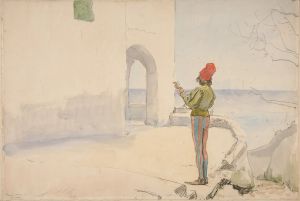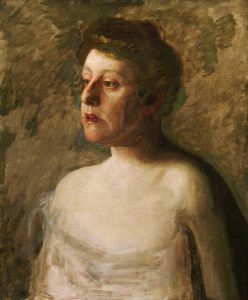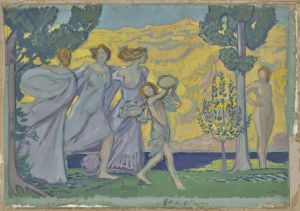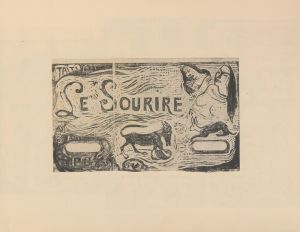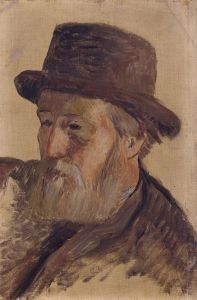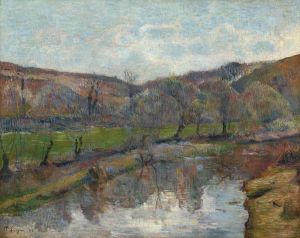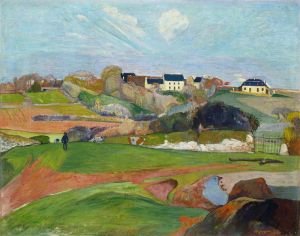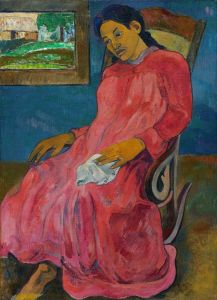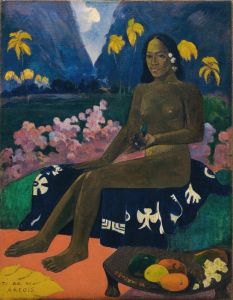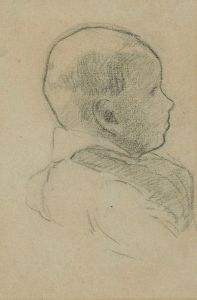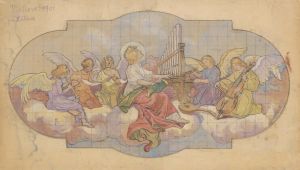
The Violoncellist Schneklud
A hand-painted replica of Paul Gauguin’s masterpiece The Violoncellist Schneklud, meticulously crafted by professional artists to capture the true essence of the original. Each piece is created with museum-quality canvas and rare mineral pigments, carefully painted by experienced artists with delicate brushstrokes and rich, layered colors to perfectly recreate the texture of the original artwork. Unlike machine-printed reproductions, this hand-painted version brings the painting to life, infused with the artist’s emotions and skill in every stroke. Whether for personal collection or home decoration, it instantly elevates the artistic atmosphere of any space.
Paul Gauguin's The Violoncellist Schneklud is an oil painting created in 1894. This work is a portrait of a cellist named Schneklud, whose identity is not widely documented beyond her appearance in this artwork. The painting is notable for its vibrant use of color and Gauguin's characteristic post-Impressionist style, which emphasizes bold forms and expressive tones over strict realism.
In this composition, Gauguin depicts Schneklud seated with her cello, suggesting a moment of musical performance or contemplation. The background is rendered in a simplified and decorative manner, a hallmark of Gauguin's approach during this period. The artist's use of flat planes of color and strong outlines reflects his interest in moving beyond the naturalistic traditions of earlier art movements, aligning with his broader exploration of symbolism and emotional resonance in his works.
The Violoncellist Schneklud was painted during a period when Gauguin was living in France, following his first extended stay in Tahiti. This phase of his career was marked by a synthesis of influences, including his experiences in Polynesia and his engagement with European avant-garde movements. While the painting does not directly reference his Tahitian experiences, it demonstrates his ongoing interest in creating works that evoke mood and meaning through color and form.
The painting is part of Gauguin's broader body of work that often focused on individuals and their environments, though it is less well-known compared to his Tahitian-themed paintings. It reflects his ability to capture the essence of his subjects while also experimenting with compositional elements that challenged traditional artistic conventions of the time.
Today, The Violoncellist Schneklud is housed in the Musée d'Orsay in Paris, France. The museum, renowned for its collection of Impressionist and Post-Impressionist masterpieces, provides an appropriate context for appreciating Gauguin's contributions to the development of modern art. The painting remains an example of Gauguin's innovative approach to portraiture and his commitment to exploring new artistic possibilities.
Beyond its artistic qualities, little is known about Schneklud herself or her relationship with Gauguin. The lack of detailed historical records about her life leaves her identity largely enigmatic, with the painting serving as one of the few traces of her existence in the historical record.





